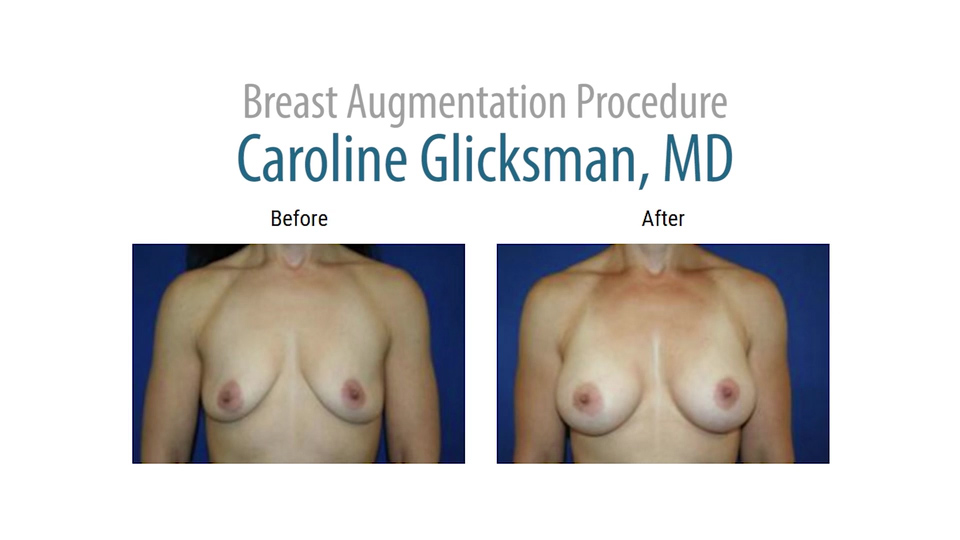After undergoing any plastic surgery procedure, you expect to see your surgeon for follow up appointments. Each surgeon varies in their schedule of post-operative appointments. More than likely, you will have an appointment the week after surgery, again at a month after surgery and finally at several months out. At each visit, your surgeon is checking to see that the initial swelling subsides and that incisions have healed properly without any signs of infection.
by Anne Meyer
and Caroline Glicksman, MD
Breast Augmentation = Long Term Follow Up
If you’ve had a breast augmentation, your follow-ups should continue well after the early post-operative period and the six month check up. When exactly should your plastic surgeon stop seeing you for follow-up? “I basically never discharge my patients,” responds New Jersey board certified plastic surgeon Dr. Caroline Glicksman.
The Decade Mentality
“The one thing I think all patients have as a take-away message after breast augmentation, no matter who their physician is, is that they may need to replace their implants in about ten years,” observes Dr. Glicksman.
“The reality is that there is a responsibility between the patient and their physician, for long term follow up.” – Caroline Glicksman, MD
In the past, implants were expected to last about ten years on average before developing a complication which required additional surgery to remove and replace the implant. Advanced science and technology have produced implants with very low 10-year rupture rates. When implants are also sized correctly to fit a patient’s body at the time of surgery, women can get a very long run out of their breast implants..
In the years following surgery, the body changes even if the implant stays in tact. As women age they often experience weight gain, weight losses and changes due to childbearing. Eventually menopause will affect every woman’s body, and especially the breasts. The implants that were so perfect for a woman at the time of her surgery, may no longer be appropriate for her body or her lifestyle.
By seeing a patient every year or two, Dr. Glicksman is able to track the changes in her patient’s bodies over time and discuss options for surgery down the road, such as a breast lift or a larger or smaller implant size. “I have patients that are in their late forties and fifties that opt to take them out completely. That phase of their life is over, and they really need to decide if they even want implants anymore,” shares Glicksman. “It comes down to a point where we need to decide if you cannot live without you’re the implants and want to replace them with a newer model, or consider other possible options, like a lift or no replacement at all.”
FDA and MRI’s
Another reason Dr. Glicksman sees her patients at least every two years after they undergo breast augmentation surgery is to monitor the breast implants for any signs of possible silent rupture. “Current FDA guidelines recommend that patients get MRI’s every two to three years with silicone implants,” Glicksman points out. “We find that a lot of patients either can’t afford that, or just select to not undergo an MRI. It’s nice to have that follow up appointment in the schedule, so that you know that there IS somebody else paying attention to your implants.”
















Facebook
Twitter
Instagram
YouTube
RSS